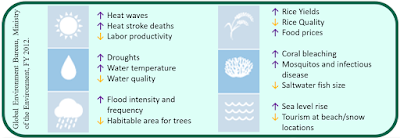Research
advances energy savings for oil, gas industries A Washington State
University research team has improved an important catalytic reaction commonly
used in the oil and gas industries. The innovation could lead to dramatic
energy savings and reduced pollution. Methane also is a primary ingredient in
natural gas used to heat homes, and it can be converted into many useful
products including electricity. But breaking the strong bond between its carbon
and hydrogen takes a tremendous amount of energy. To convert methane, the oil
and gas industry most often uses a nickel-based catalyst. But it is often less
expensive to simply burn the methane in giant flares on site; however, this
adds greenhouse gases to the atmosphere, contributing to global warming, and
wastes energy. In the U.S., for example, the amount of methane burned annually
is as much as 25 percent of the country's natural gas consumption. The
researchers determined that they can dramatically reduce the energy needed to
break the bond between carbon and hydrogen by adding a tiny bit of carbon
within the nickel-based catalyst. This creates nickel carbide, which generates
a positive electrical field. This novel catalyst weakens the methane molecule's
hydrogen-carbon bond, allowing it to break at much lower temperatures.
A
city’s solar potential depends on the length of its road network This is
because the formation of the road network defines the spaces that can be filled
by buildings. And the resulting arrangement of buildings influences the amount
of sunlight each building receives.

